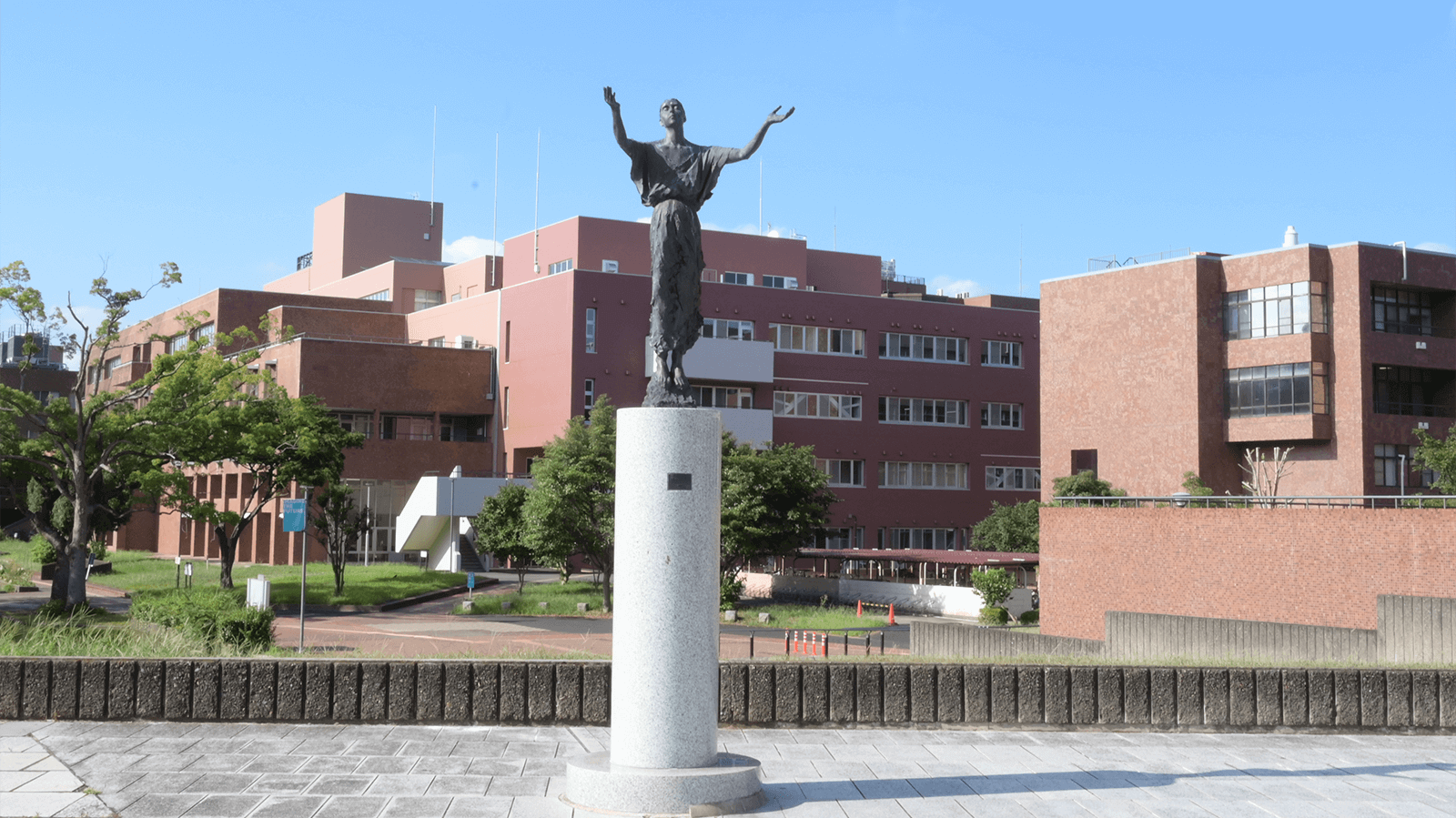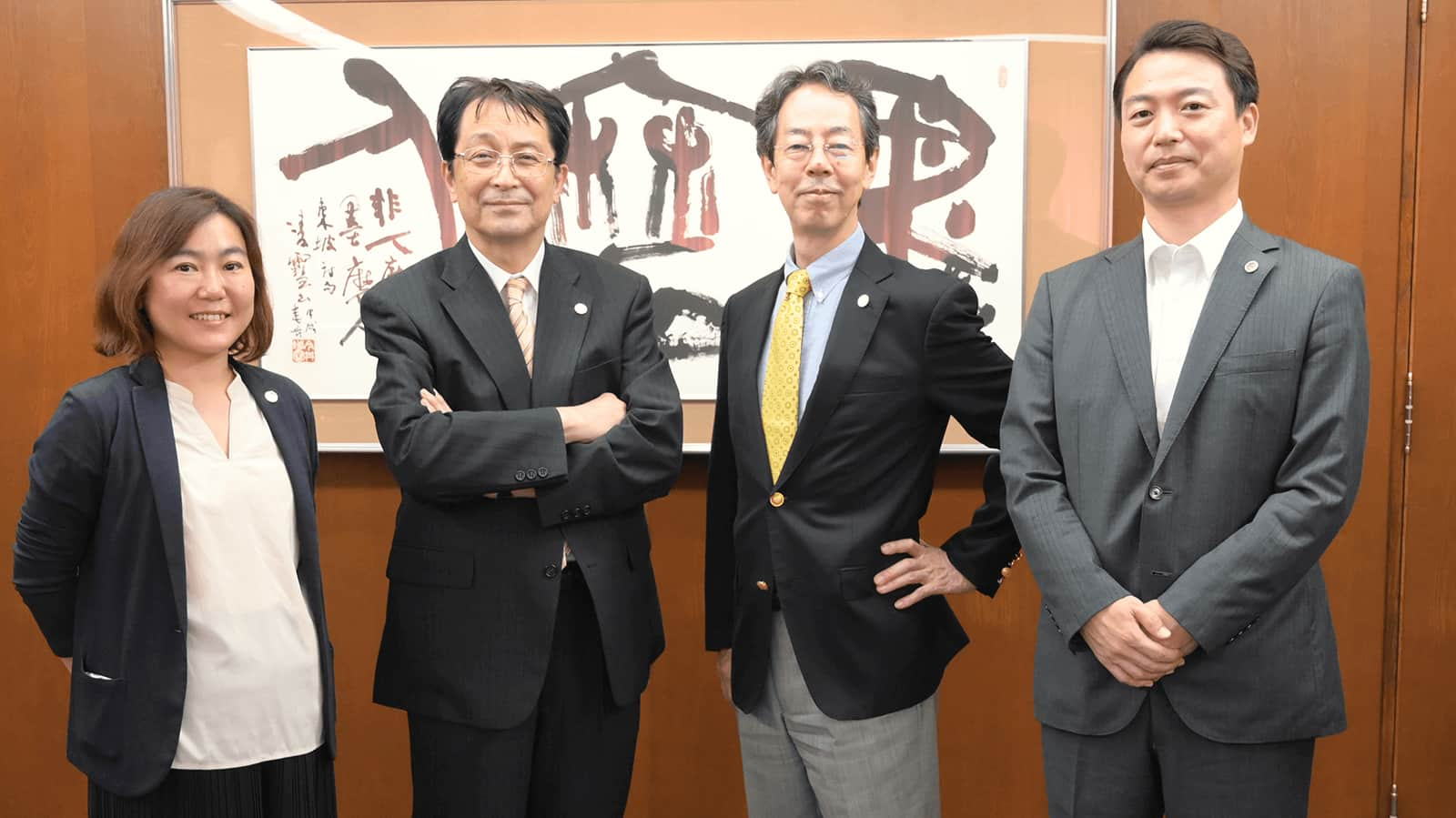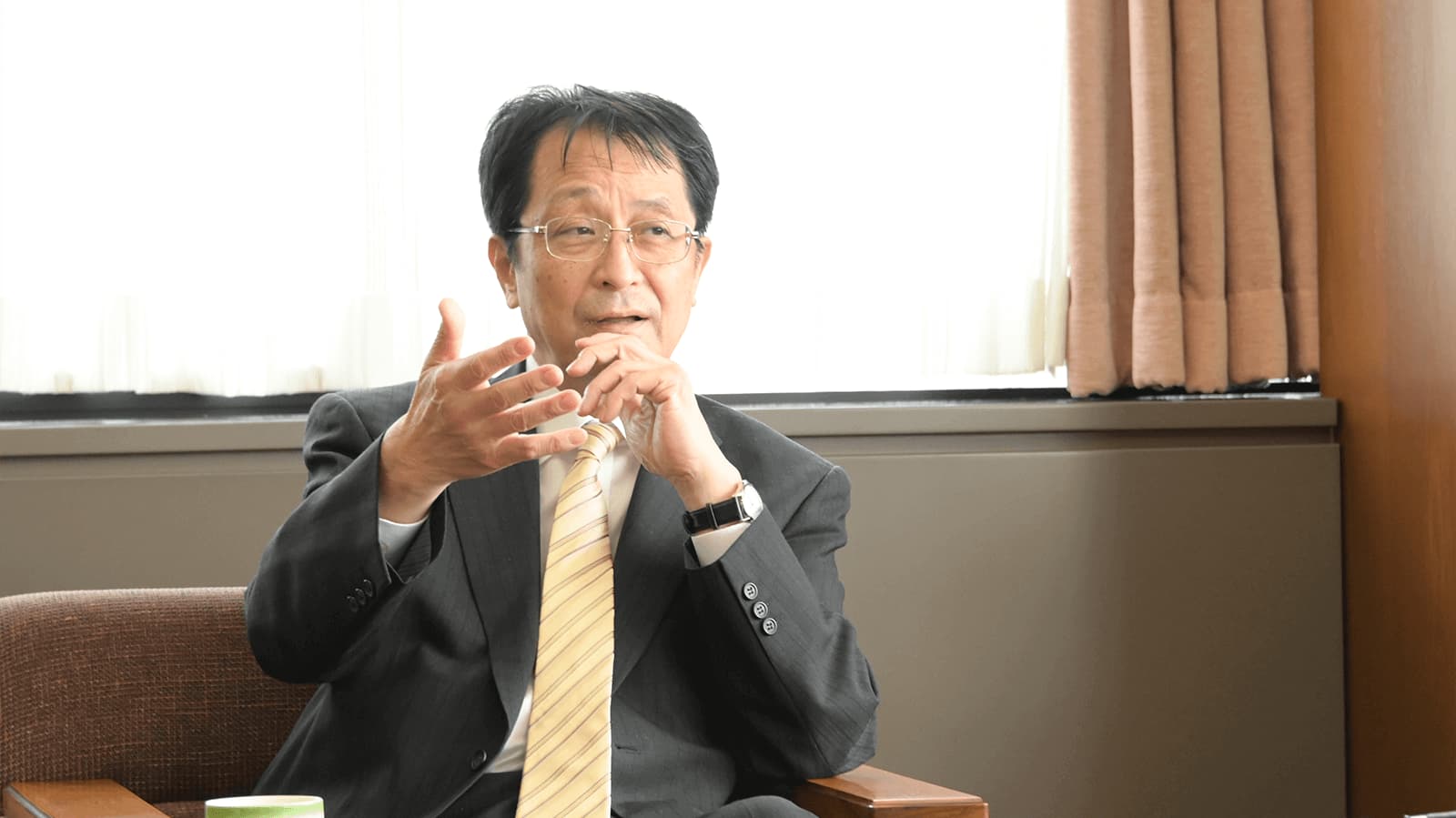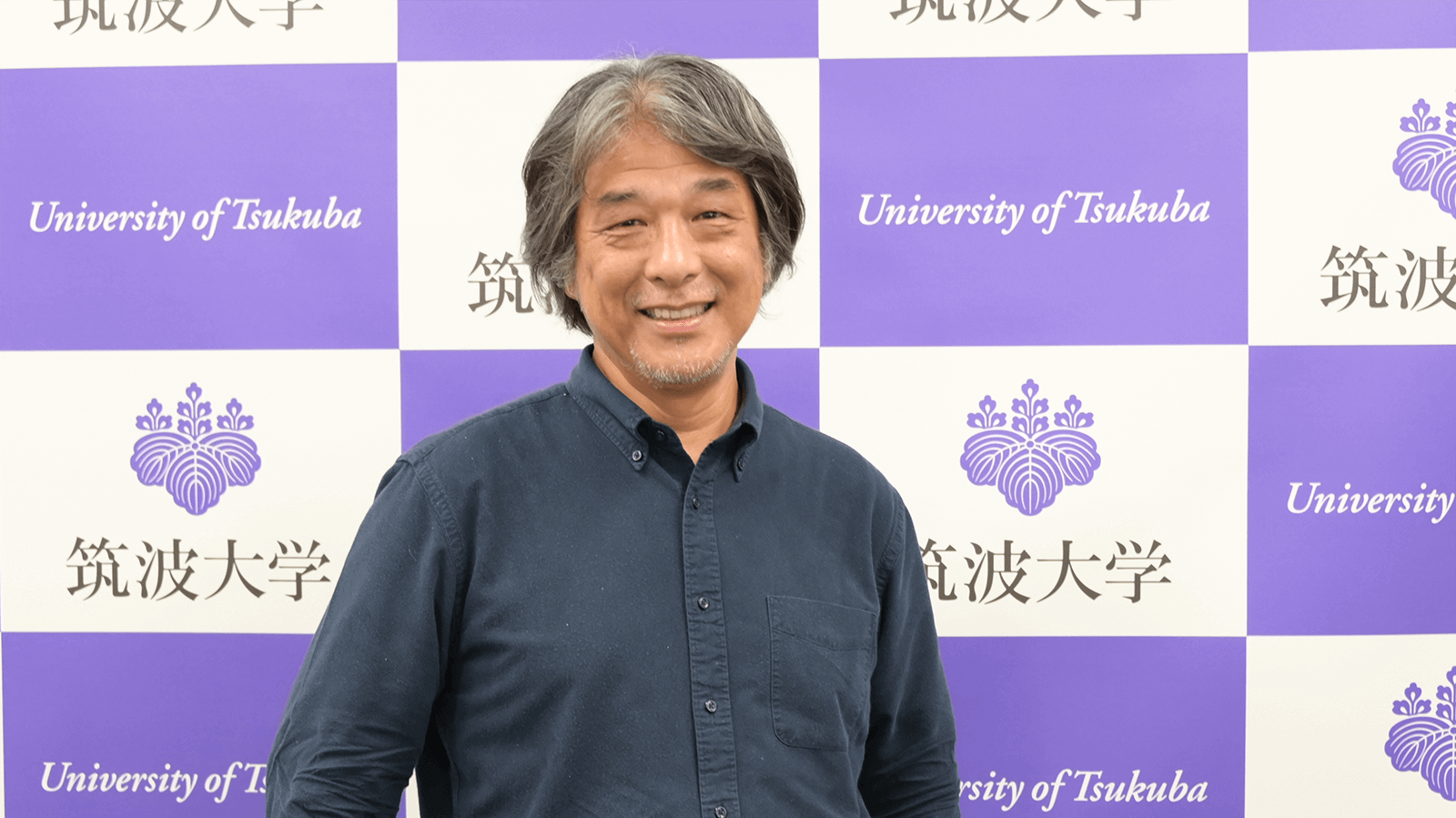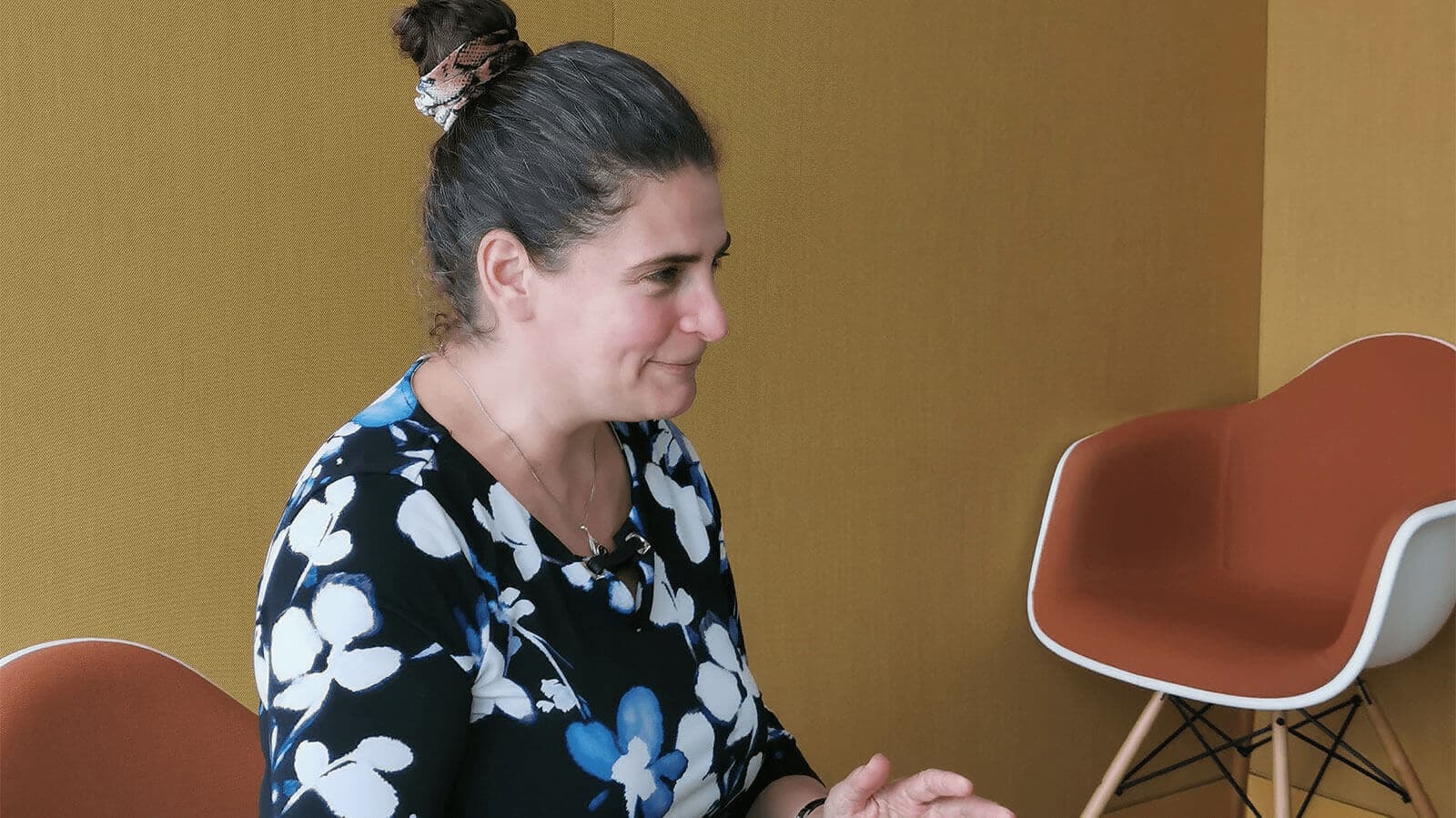“Creating a Model for University Management That Will be Regarded as Japan’s National University Corporation”
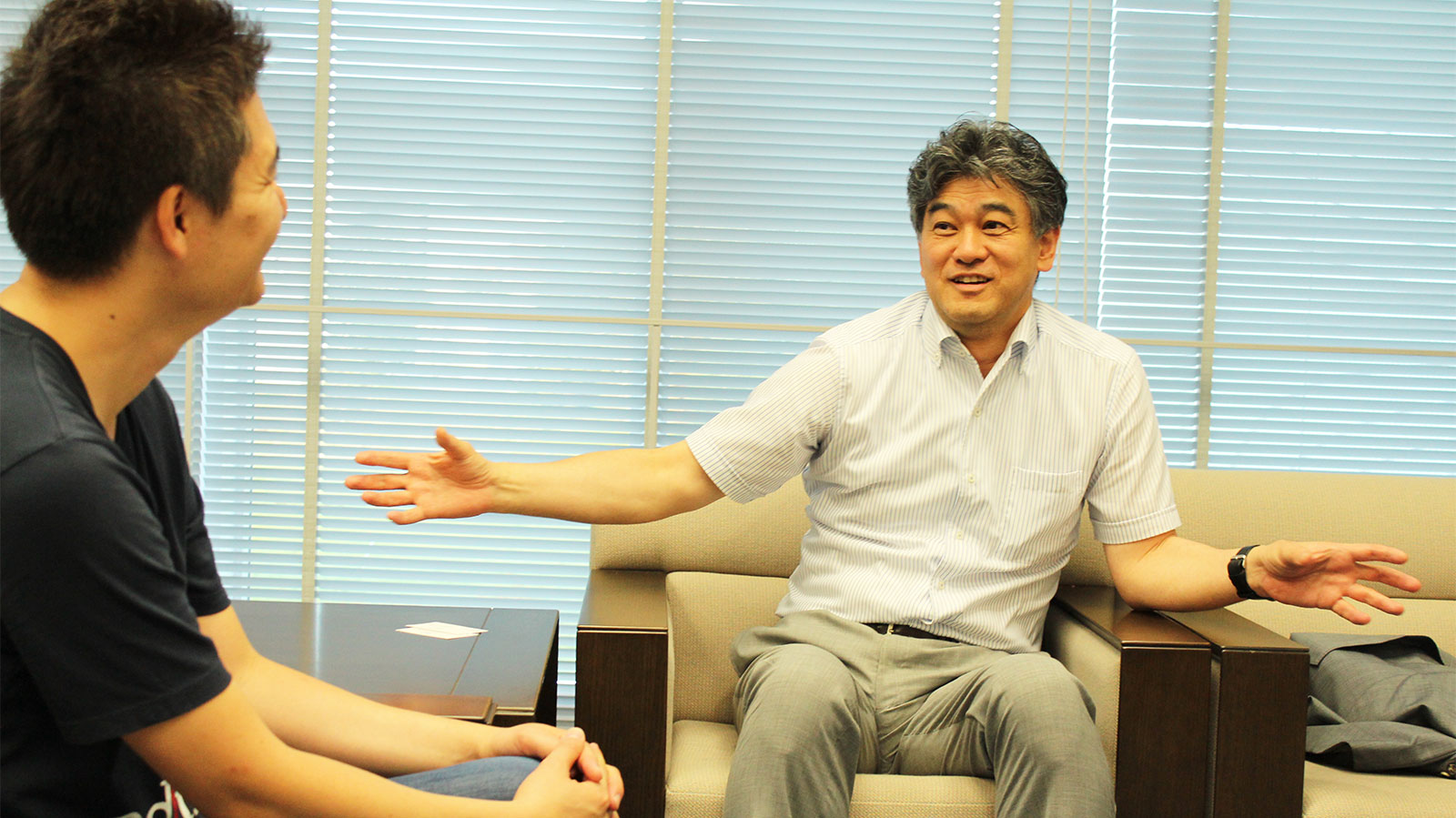
In this interview, Director and Vice President of Hokkaido University, Mr. Kazushige Kawabata, shares his thoughts on creating a new university management model that he wants to be regarded as Japan’s national university corporation.
In 2012, the Ministry of Education, Culture, Sports, Science and Technology (MEXT) mandated the establishment of the role of university research administrator (URA), a research management specialist, in all universities. However, each university interpreted this requirement differently. In this interview with Mr. Kawabata, we tried to understand how Hokkaido University implemented the role of URA.
Interviewer Makoto Yuasa
ーI hear Hokkaido University’s URA is making some drastic changes since you will take up the role of Research Director. Can you tell me about the vision?
The corporatization of national universities began in 2014. Since then, “university management” has become a buzzword used increasingly throughout Japan. The management of a university is not the same as the management of a corporate business. To understand what national university corporations and university management need to do, we need to look towards society, not the country. With Hokkaido University’s URA, I wanted to create a system to ask this question. I wanted to bring out Hokkaido University’s individuality and create a model that will be considered as the national university corporation of Japan. But, so far, it’s just an idea that is being tossed around (laughs).
ーI hear Hokkaido University’s URA is making some drastic changes since you will take up the role of Research Director. Can you tell me about the vision?
The corporatization of national universities began in 2014. Since then, “university management” has become a buzzword used increasingly throughout Japan. The management of a university is not the same as the management of a corporate business. What do national university corporations and university management need to do? To answer this question, we need to look towards society, not the country. With Hokkaido University’s URA, I wanted to create a system to ask this question. I wanted to bring out Hokkaido University’s individuality and create a model that will be considered the national university corporation of Japan. So far, it’s just been an idea that is being tossed around (laughs).
ーWhat are some of the significant differences between university management and corporate management?
National universities have established themselves by bringing together their own researchers, but they haven’t gone any further. However, since becoming corporatized, the function of collaborating with society, businesses, and local governments has become more important. For example, if the purpose of a business is to make smartphones, distribute them around the world, and impact the economy positively, then a university’s purpose is to predict a society where smartphones are popularized and foresee how it would change the structure of the industry.
One of the projects being conducted at Hokkaido University is Arctic research. We are attempting to identify a northeast passage connecting Europe to Japan, which has been created because of the Arctic ice melting due to global warming. If a northeast passage can be established, the logistics site for the Europe–Japan route will move from Kobe or Tokyo to Tomakomai in Hokkaido, thereby completely changing Japan’s logistics scenario. Tomakomai would be the epicenter of many social and industrial changes. We want to impact society by making Hokkaido University the base for the gathering of information such as data on global warming or discussions on national hot topics like the political disputes with China and Russia. Likewise, we want to involve businesses in the implementation of these research studies. This is the scale of social impact that universities can achieve.

ーWhat are your responsibilities as a research director?
Business management. That is, raising funds for research. Since the things we do are not only for the country but also for local governments and both the private and public sectors, I am always open to investors. It’s your investments and contributions that keep us afloat. I say, “Let’s change society together.” There are many leading businesses that have shown an interest in us, and we have also learned a lot from business owners. These interactions have helped us explore our personality as a university. It is this personality that has influenced the planning and establishing of the Global Facility Center by Hokkaido University’s URA and resulted in the collaboration between industry and academia.
ーYou have clearly stated that a Hokkaido University URA’s objective is to train and cultivate management specialists, but what is the motive behind this objective?
Universities, until now, have only had researchers and clerical staff. They didn’t have teams that planned, collected data for operations, or disseminated such data. They now have industry–academia liaison offices that have facilitated collaboration between businesses and the university, but they are not responsible for designing the university’s structure. My aim for the Hokkaido University URA is to fill in these gaps and create a team for university management, but there is no precedence, nor do I have any experience, and I had to build the URA organization from the ground up. I ensured that all URAs see the challenges I encountered in reforming university management. I believe this experience will help them cultivate the next generation of administrators. Being a part of the team that helps implement the vision will be of great help.
When it comes to the management of a university, it is difficult for researchers to do what they do and also attract businesses. There are many researchers who know nothing outside of academia and have little knowledge of an organization’s management. So even if they do manage to attract businesses, there is a stark difference between business corporations and university corporations. That’s why I believe people should first get their degrees, work as postdocs, or become assistant professors. When they are in their 30s or 40s, have completed a plethora of research, and have shown an interest in management, they may become URAs and take responsibility for the future of administration. However, this approach is used by Hokkaido University and may not be appropriate for all. Some universities have rigid decision-making processes across departments, and some like Hokkaido University have flexible processes but decisions are taken centrally.
ーWhat direction will Hokkaido University’s URA take from here?
Management work is extremely fluid. Because the circumstances around the world and the national university corporations are constantly changing, the URA is constantly evolving. Nothing is set in stone, and the URA will be the first to change. However, I want to create at least one new model despite the current operations—one that presents Hokkaido University as Japan’s national university corporation. Japan has always aped America, but we really need to create a Japanese university model, one that would make the Americans be in awe of Japanese universities. That’s what really gets me going right now.

This post is also available in:
 日本語 (JP)
日本語 (JP)
